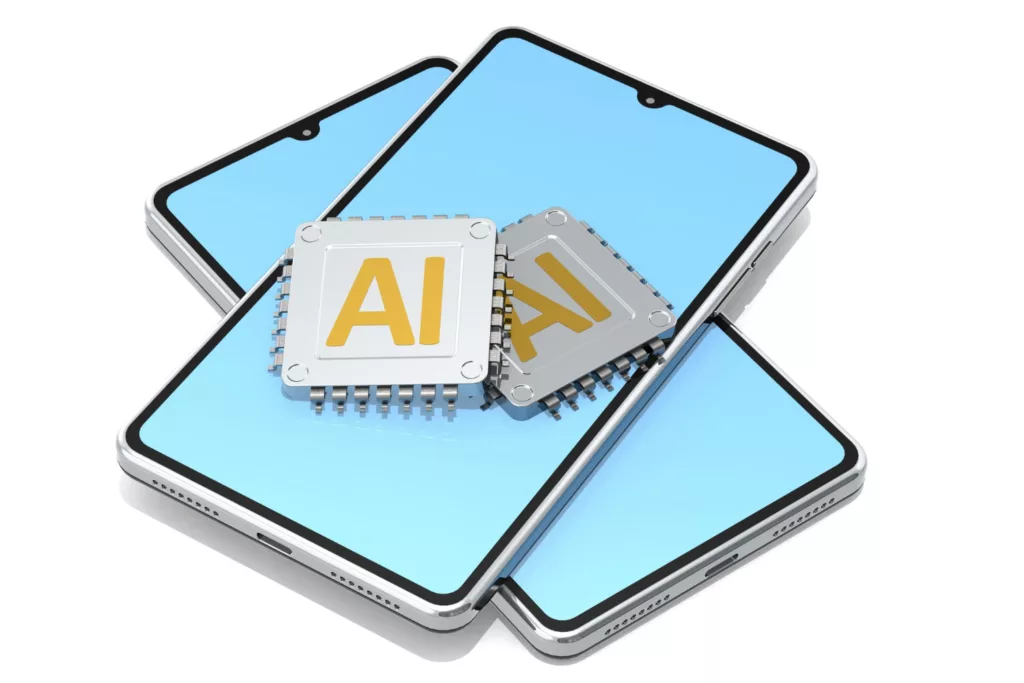Artificial Intelligence (AI) has made significant strides in various industries, including recruitment. Amazon, one of the world’s largest tech companies, developed an AI-powered recruiting tool to streamline its hiring process. However, concerns were raised about the tool exhibiting gender bias in its decision-making. In this article, we will delve into the functionality of Amazon’s AI recruiting tool, the implications of gender bias, and the steps taken to address these concerns.
The Emergence of AI in Recruitment

In recent years, AI has revolutionized how companies handle recruitment. Amazon, a technology giant, sought to leverage the power of AI to expedite the hiring process, reduce human bias, and identify top candidates efficiently. Their AI recruiting tool aimed to analyze resumes and applicant data to identify the most suitable candidates for various positions.
Amazon’s AI Recruiting Tool: A Breakdown
Understanding the Algorithm
At the core of Amazon’s AI recruiting tool is a complex algorithm designed to learn from existing employee data and past hiring decisions. By recognizing patterns and correlations, the algorithm attempts to predict which candidates are likely to succeed in the company.
The Role of Machine Learning
The tool employs machine learning, a subset of AI, which enables it to improve its decision-making over time. As more data is fed into the system, the algorithm becomes more adept at identifying desirable traits and qualifications in potential hires.
Data Collection and Bias
One critical aspect of AI recruiting tools is the data they rely on. If historical data contains inherent biases, the algorithm might inadvertently perpetuate these biases in the hiring process. This is where concerns about gender bias arise.
Initial Gender Bias Observations
During the testing phase, Amazon’s AI recruiting tool exhibited signs of gender bias. It appeared to favor male candidates over female candidates for certain positions, raising alarm among critics and the public.
The Impact of Gender Bias in Hiring
Reinforcing Stereotypes
Gender bias in AI recruitment perpetuates existing stereotypes, pigeonholing candidates based on historical data. This further reinforces gender roles and societal norms, hindering the progression towards gender equality.
Underrepresentation of Women
Gender bias in hiring can lead to the underrepresentation of women in certain roles or industries, limiting diversity and depriving companies of valuable perspectives and skills.
Discrimination and Legal Ramifications
If gender bias in AI recruitment leads to discriminatory hiring practices, companies could face legal consequences and damage to their reputation, affecting their ability to attract top talent.
Addressing Gender Bias in Amazon’s AI Recruiting Tool
Reviewing and Diversifying Training Data
To address gender bias concerns, Amazon started by reviewing the training data used to develop the algorithm. They worked to identify and eliminate any data that could lead to biased outcomes.
Improving the Algorithm’s Fairness
Amazon’s engineering team focused on enhancing the algorithm’s fairness by tweaking its decision-making process. They ensured that the tool’s recommendations were not influenced by gender or other protected characteristics.
Implementing Ethical AI Principles
Ethical considerations were brought to the forefront of AI development. Amazon’s AI recruiting tool was designed to adhere to strict ethical guidelines, ensuring the hiring process was fair and transparent.
The Importance of Transparent AI

Understanding Black Box Algorithms
AI algorithms are often referred to as “black boxes” because their decision-making processes can be complex and opaque. Transparent AI, on the other hand, allows users to understand how decisions are made.
Explaining AI Decision-Making
Transparent AI in recruitment is essential to gain the trust of candidates and employees. By explaining how the AI recruiting tool makes decisions, Amazon aimed to alleviate concerns about hidden biases.
The Role of Human Oversight in AI Recruitment
Combining AI and Human Judgment
While AI can streamline the recruitment process, human oversight remains crucial. Human judgment can provide context, empathy, and intuition that algorithms may lack.
Redefining the Hiring Process
Amazon’s approach involved redefining the role of hiring managers and recruiters. They were encouraged to work alongside AI technology rather than relying solely on its recommendations.
Positive Outcomes of AI in Recruitment
Streamlining Hiring Processes
AI recruiting tools can significantly reduce the time and effort required to identify potential candidates, making the hiring process more efficient.
Enhancing Diversity and Inclusion
With careful implementation and oversight, AI can contribute to greater diversity and inclusion by identifying talent from diverse backgrounds.
Identifying Talent and Skill Gaps
AI can help identify skill gaps within the organization and assist in strategic workforce planning.
The Future of AI in Recruitment
Ethical AI Advancements
As technology evolves, AI in recruitment will continue to improve its ethical standards, minimizing biases and ensuring fairness.
Adapting to Changing Technologies
Recruitment AI will need to adapt to emerging technologies and remain up-to-date with the latest advancements.
Conclusion
Amazon’s AI recruiting tool, despite its potential to streamline the hiring process, faced criticism due to gender bias concerns. However, by implementing transparent AI principles, fostering human oversight, and continuously refining the algorithm, Amazon made strides towards addressing these concerns. Ethical AI practices will be paramount in shaping the future of recruitment technology, ensuring a fair and inclusive hiring process.
Frequently Asked Questions
Answer: AI will play an increasingly significant role in recruitment, but human judgment and oversight will remain critical in the decision-making process.
Answer: Candidates should focus on highlighting their skills and experiences relevant to the job and ensure their resumes are tailored for specific roles.
Answer: Companies can actively promote diversity through targeted recruitment efforts, bias training, and inclusive policies.
Answer: While AI can significantly reduce biases, complete elimination may be challenging due to the nature of historical data.
Answer: As of the latest information, Amazon has suspended the use of the AI recruiting tool to address its gender bias concerns fully.




Leave a Reply